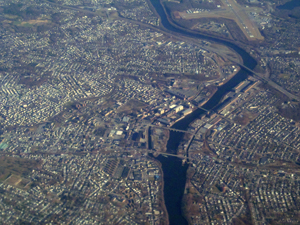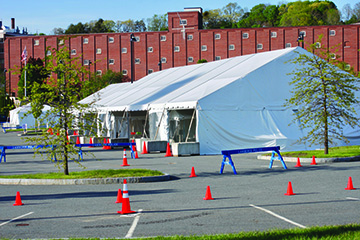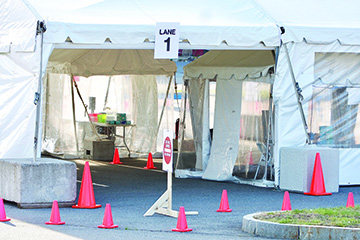
A Point of View © 1996.
By Paul V. Montesino, Ph.D., MBA, ICCP
Victor Hugo said: “Nothing is more powerful than an idea whose time has come.” The statement is deeper than it looks at first sight. It proposes the possibility that ideas have a life of their own. I subscribe to Hugo’s definition because I’ve seen the evidence. To think, to “idealize,” is to create
We live in a physical world surrounded by physical things. Just a few examples: houses, furniture, carriages, utensils, automobiles, computers. What we fail to realize is that there was a time before those ideas were… ideas. Many were not even considered, thought, for a long time, not real things. And we could add thousands to the list, but don’t need more now to prove my final point, the end point. I only have a page to make it.
Let’s think about “houses” first. Before we built the first four walls and a roof, we lived unprotected of the forces of nature, both climatic and animal. Rain, wind and cold, even the heat of the sun, attacked us without warning, and so did lions, tigers and other creatures stronger than we. The branches and leaves of trees gave us some protection while we roamed around the world as nomads and we thought that some built protection, “a house” perhaps? could help. So the idea of “a house” became a reality. It makes no difference if that “house” was a hut, a cottage, a castle, a temple or a building, all different versions of the “house” concept; simply ideas whose time had come.
But let’s move with the rest. Looking at what I am trying to use with my first example will make those easier. How would furniture qualify? Obviously, they wouldn’t during our nomadic years. Who wants to carry a chair or a couch through a mountain? But it was quite helpful when we became sedentary colonizers. As soon as we enclosed our lives with four walls and decided to sit or sleep, doing it on the floor became uncomfortable and we decided to cut down the trees that had given us refuge to build furniture with their wood. Talk about being ungrateful.
Carriages, utensils, automobiles, computers, became ideas when the necessities arose to benefit from them and even then some folks have had a hard time adapting. Many have never used carriages or automobiles although the idea had crossed their minds. But they let others accept them. Utensils were added by civilization; have you ever eaten a slice of pizza without utensils, with your hands? You’d better don’t answer that one. It was good manners that created them. And as for computers, well you get the idea. I met a man who refused to learn how to use computers even though they promised to pay for the classes and give him a salary increase.
I have covered the physical world to support my point of view about the physical nature of ideas, but it is not only in the physical world that ideas generate objects. The psychological and moral world does as well. All instruments of hate were once ideas that became reality. Weapons, basic and sophisticated alike, were the dreams of soldiers and warriors. For centuries we have figured out new ways to kill our enemies and hate against those enemies was the force that created them.
Now, when for the hundredth time in our human history we are attacked by bacteria that seem intent in destroying us, I ask, did we hate hard enough that our hate took on a life of its own? Is this new virus some metaphor grown to reach criminal adulthood? Is love towards others the only vaccine that will save humankind? And who wants to stop the fear and start the loving? You tell me.
Bertrand Russell, the famous British philosopher, was asked how we were to make a fulfilling life. “Make your interests gradually wider and more impersonal, until bit by bit the walls of the ego recede, and your life becomes increasingly merged in the universal life,” he answered. When are we going to start? I add.
And that is my point of view today.



